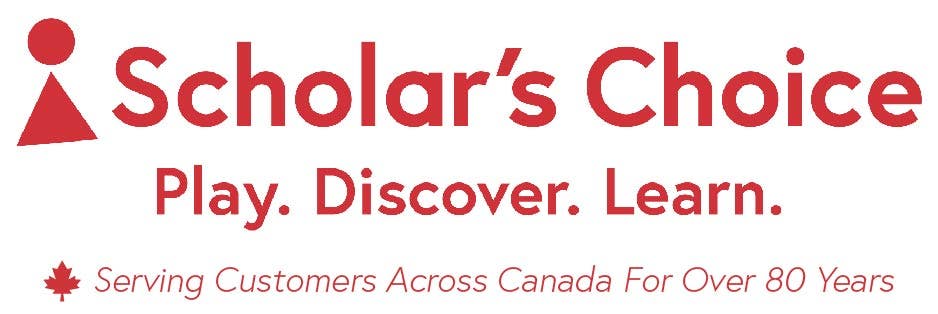Scholar's Choice


Tuff Trays, also known as sensory trays or activity trays, are versatile resources commonly used in early years education. Here are some benefits of using Tuff Trays in early years education:
1) Sensory Exploration
Tuff Trays provide opportunities for sensory exploration, allowing children to engage their senses through touch, sight, sound, and sometimes even smell. They can fill the trays with materials like sand, water, rice, or natural objects, providing a tactile and sensory-rich learning experience.
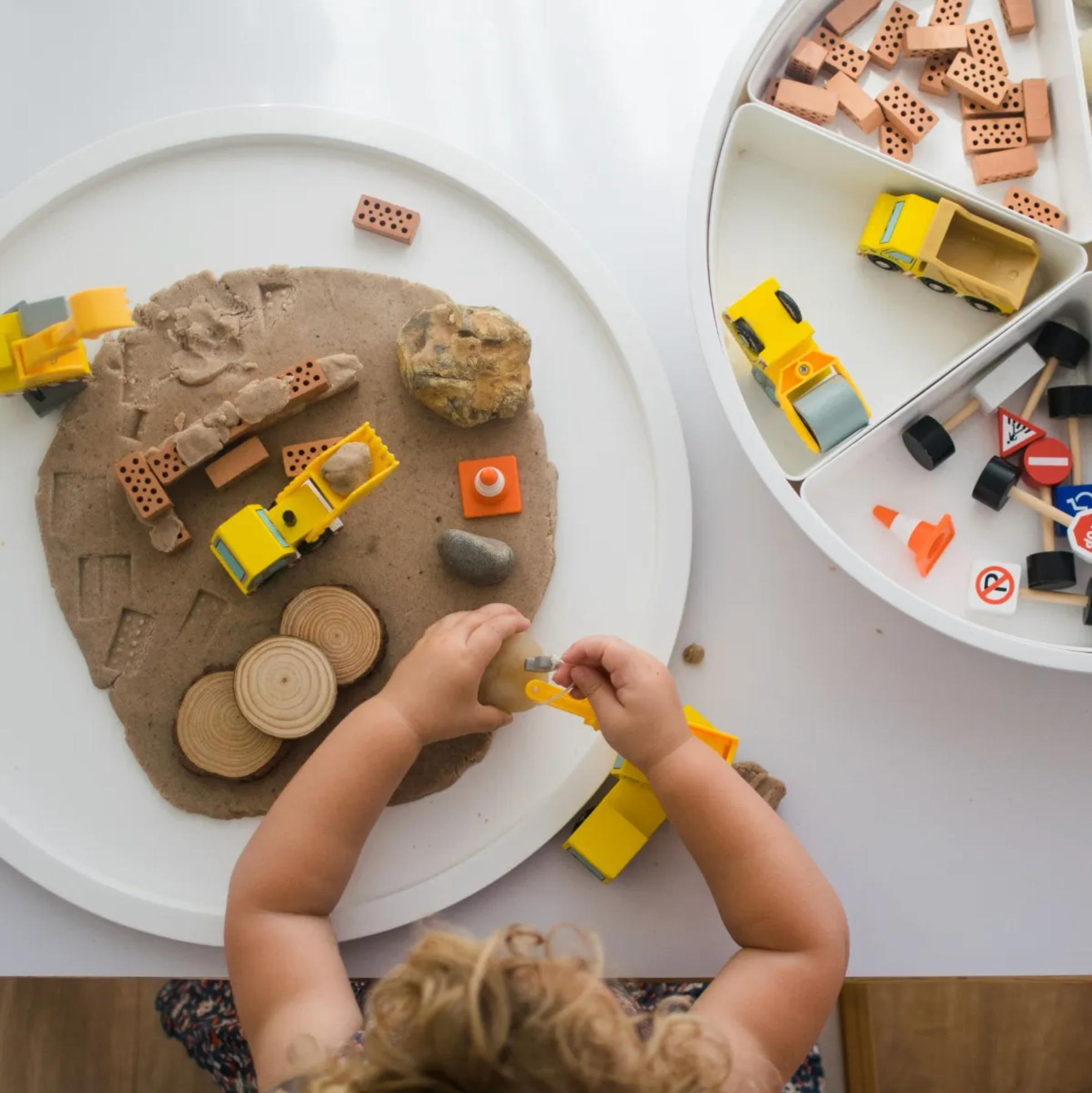

2) Creativity and Imagination
Tuff Trays offer an open-ended play experience, encouraging children to use their creativity and imagination. They can manipulate materials, create different scenes, build structures, or engage in small-world play. This promotes problem-solving, storytelling, and imaginative thinking skills.
3) Fine Motor Skills Development
Tuff Trays often involve small manipulative materials like beads, buttons, or utensils, which can enhance fine motor skills development. Children can practice pouring, scooping, grasping, and sorting, improving hand-eye coordination and dexterity.
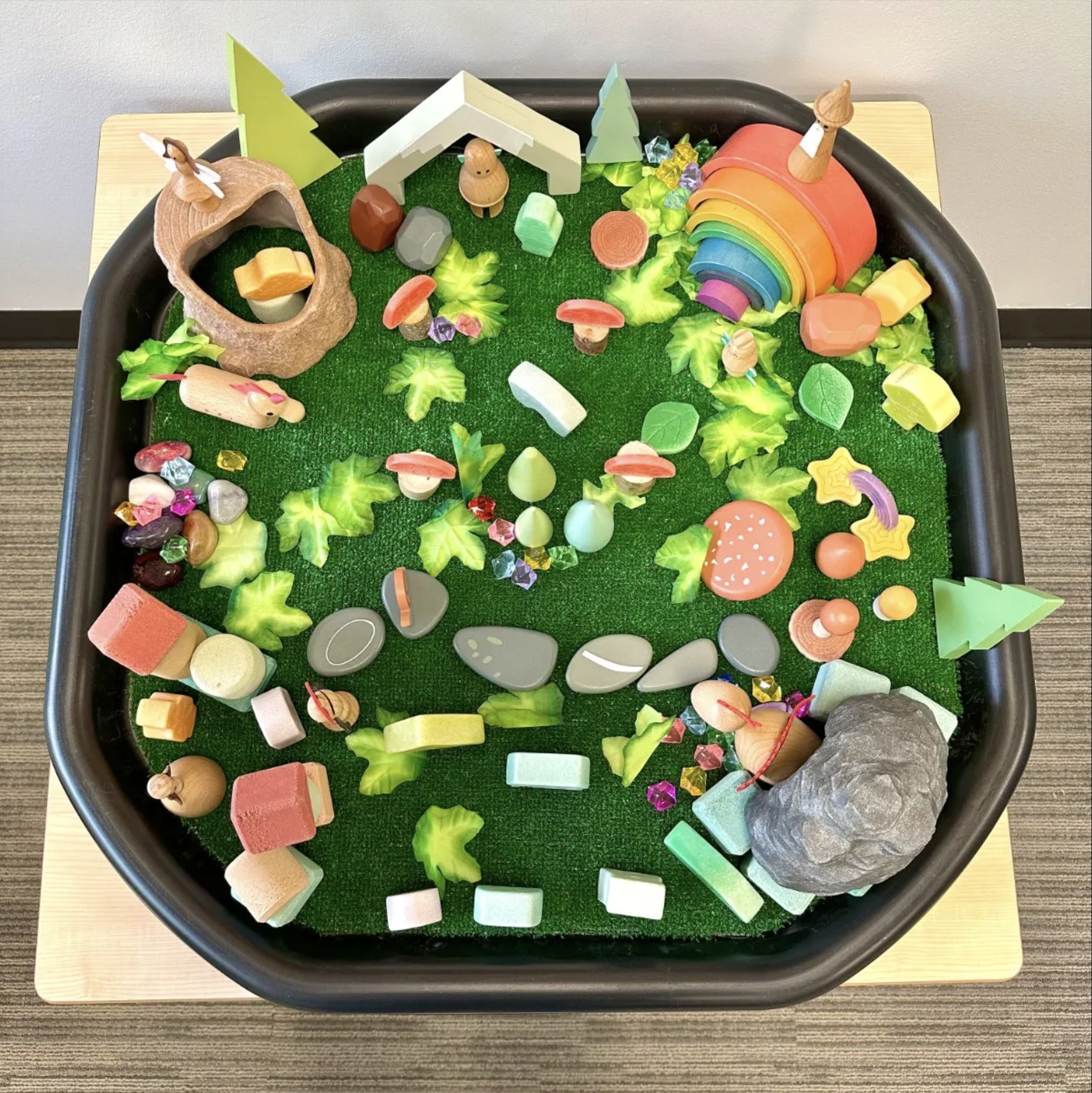

4) Language and Communication Skills
Tuff Trays provide a context for language development and communication. As children engage in sensory play, they can describe what they are doing, discuss their observations, negotiate roles with peers, and engage in conversations, fostering language skills and social interaction.
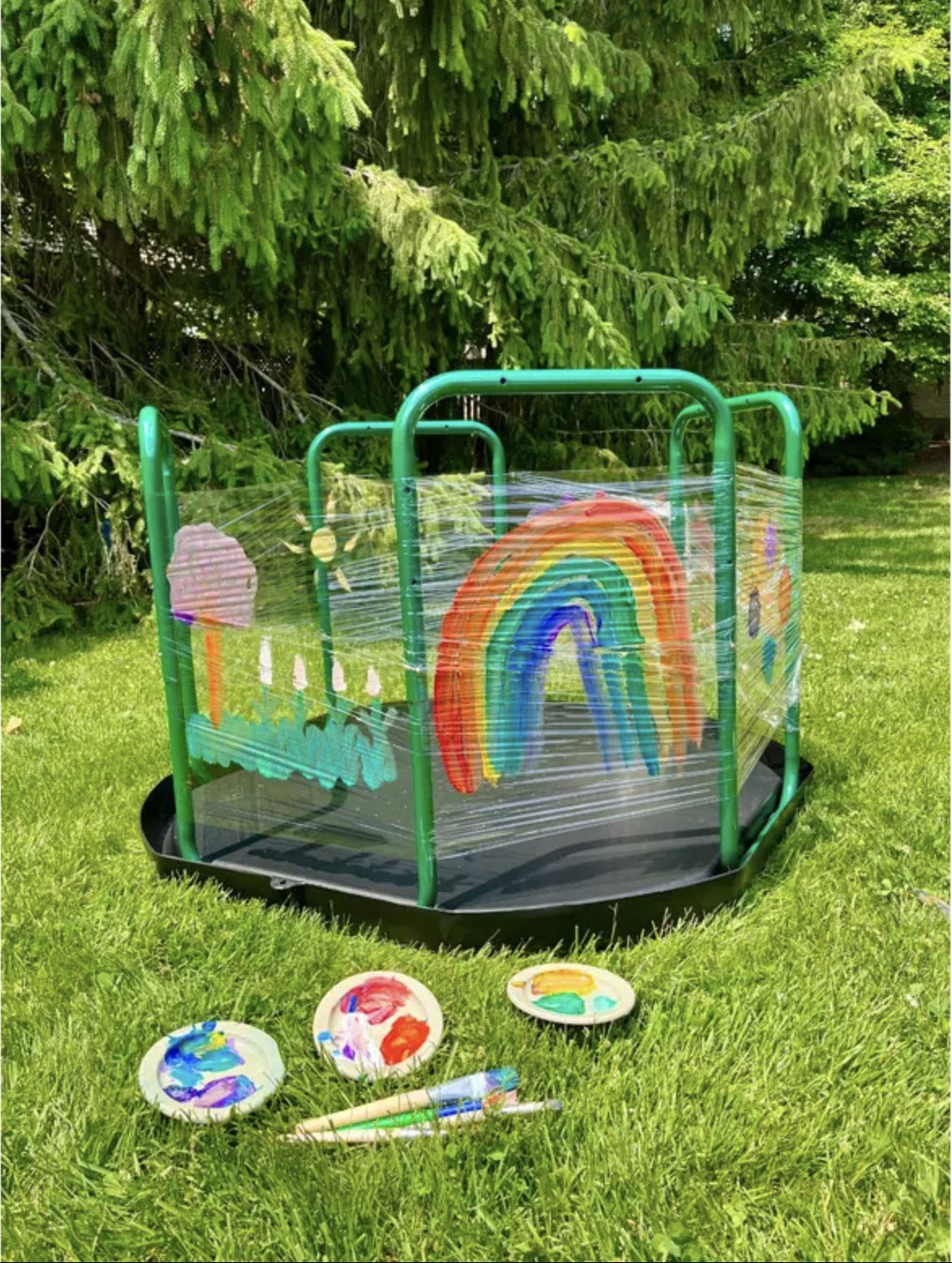

5) Cognitive Development
Tuff Trays support cognitive development as children explore cause and effect relationships, make predictions, and problem-solve. They can experiment with different materials, test hypotheses, and observe changes, promoting critical thinking and scientific inquiry.
6) Sensory Regulation
Sensory play in Tuff Trays can be calming and soothing for some children, helping them regulate their emotions and sensory experiences. It can provide a focused and calming activity that supports self-regulation and reduces anxiety.
7) Inclusive Learning
Tuff Trays can be adapted to accommodate diverse learning needs, making them inclusive resources in early years education. Children with different abilities and preferences can engage in sensory play at their own pace, adapting the materials or using additional tools as needed.
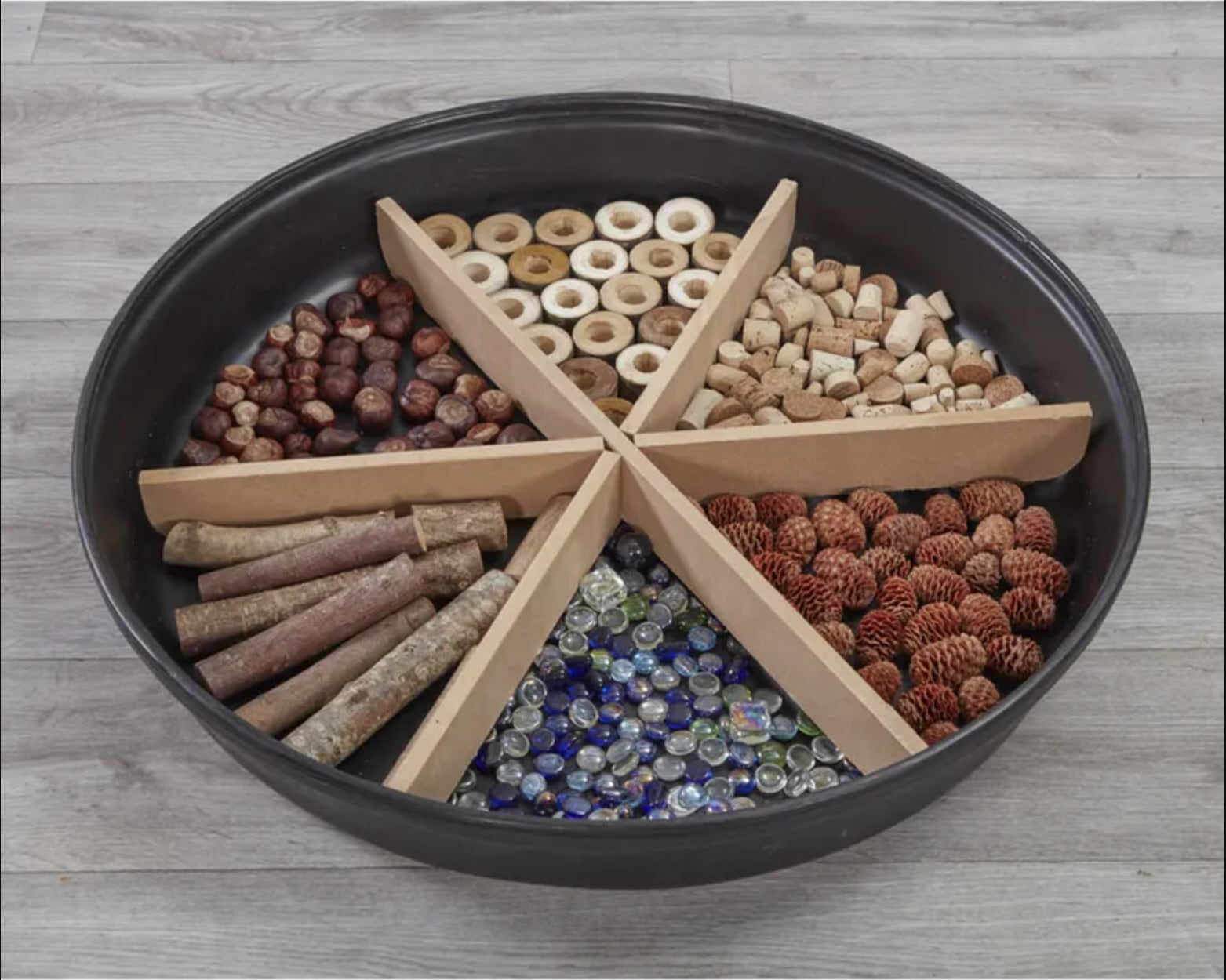

8) Cross-Curricular Learning
Tuff Trays can be linked to various areas of the curriculum, integrating learning across different subjects. For example, a Tuff Tray activity with natural materials can connect to science, math, language, and even art concepts, providing a holistic learning experience.
9) Independent and Collaborative Play
Tuff Trays can be used for individual exploration or collaborative play. They can be set up as stations where children can engage in independent activities or as group projects, fostering cooperation, teamwork, and sharing.
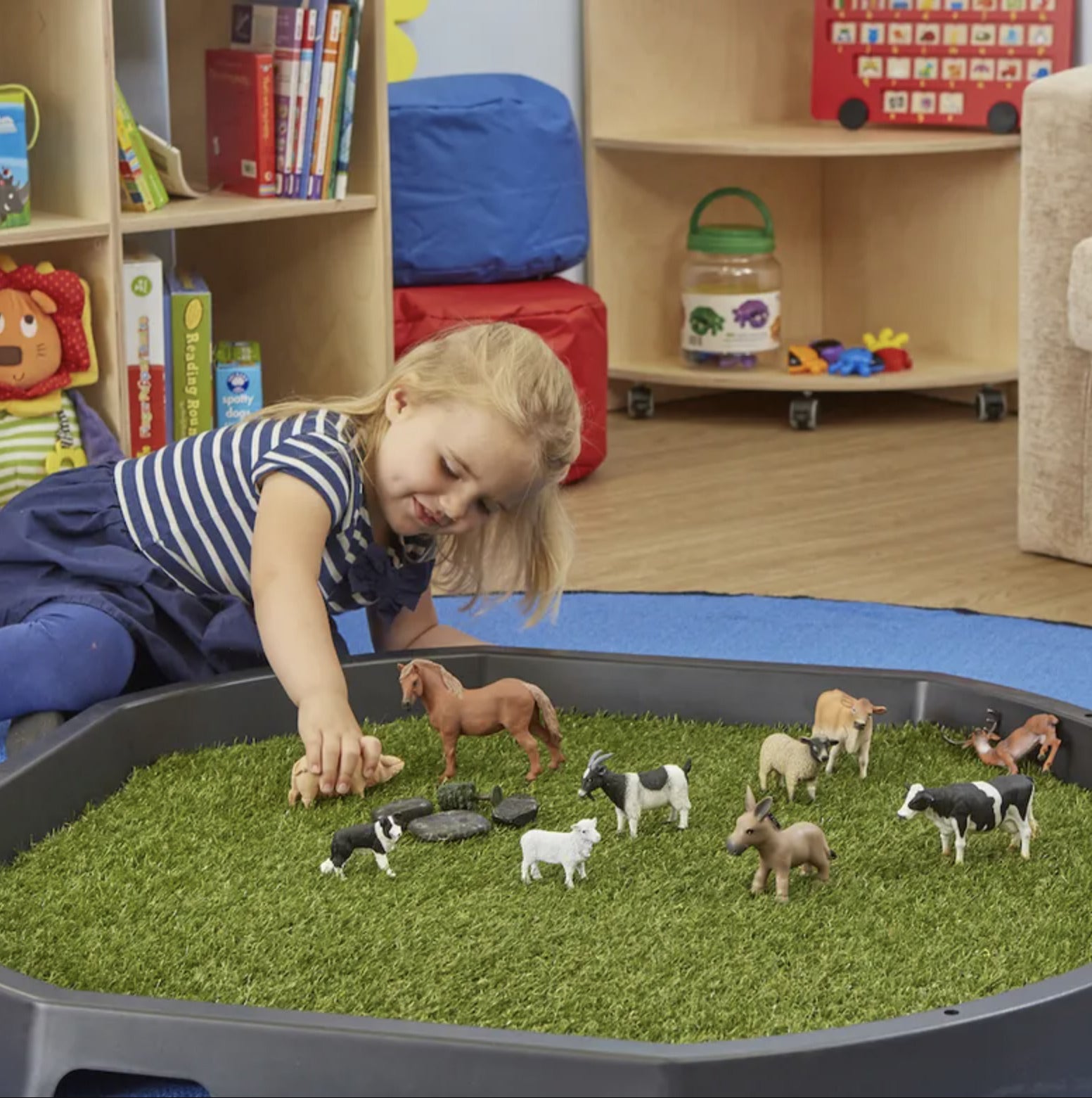

10) Engagement and Fun
Ultimately, Tuff Trays offer a fun and engaging learning experience for young children. They promote active, hands-on participation and ignite curiosity and enthusiasm for learning, making the educational journey enjoyable.
Remember to provide appropriate supervision during Tuff Tray activities, ensure materials are safe and age-appropriate, and consider any specific health or allergy considerations for the children involved.

